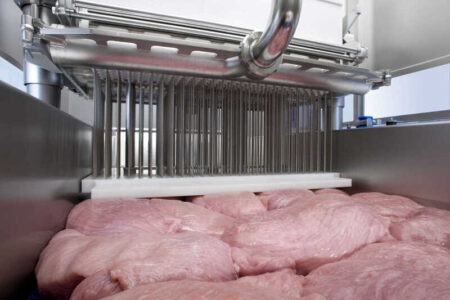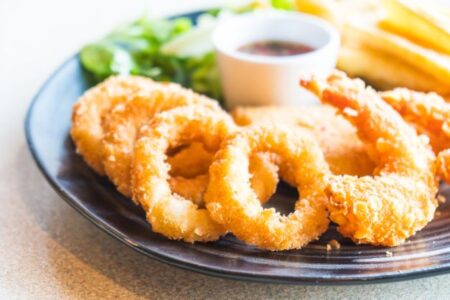UK food and drink exports rise in first half of 2017

The first half of 2017 saw exports of all UK food and drink grow to £10.2bn, up 8.5% on H1 2016. This represents the highest first half exports value on record.
The UK’s top three export products are whisky, salmon and beer. Contrary to recent export trends, stronger growth was reported to EU countries (+9.0%) than to countries outside the EU (+7.6%).
Ian Wright CBE, director general, FDF, says, “The growth of food and alcoholic drink exports is very encouraging. We want to work with government to take advantage of increased demand for UK products overseas and the opportunities that leaving the EU is expected to create.”
Ireland, France and the US are the top three destinations for UK food and drink in terms of overall value. Positive growth was reported in all top 20 markets, apart from Spain and Japan. Spain saw a 17.6% decrease compared with H1 2016 due to a drop-in commodity exports such as wheat and barley, while Japan was marginally down by 2%.
The three export markets that saw the greatest percentage growth in value in H1 were South Korea (+77%), China (+35%), and Belgium (+39%). The rapid growth in exports to growing East Asian markets was led by South Korea fast gaining a taste for British beer, and overall exports surged to £156.3m.
The US is the UK’s top non-EU market for exports of branded food and drink, reaching £91.5m in H1 2017, up from £87.8m in 2016. Top UK branded goods sold to the US in H1 included food preparations, bread, pastry, cakes, puddings and sweet biscuits. The US has been identified by the government as providing significant opportunities for a trade deal post-Brexit.
Elsa Fairbanks, director, FDEA, states, “It is pleasing to see exports perform so strongly in the first half of the year, with UK food and drink exporters seeing the largest figures in record. Our core markets in the EU and North America are showing healthy growth and is something we should protect and build on in the months ahead.
“Asian markets have also seen impressive growth and this is clearly a region we should turn our attention to further as exporters in the future.”
While the fall in the price of the pound had helped to boost UK export competitiveness, this currency weakness has also led to an increase in the cost of many essential imported ingredients and raw materials. This has resulted in the UK’s food and drink trade deficit increasing by 16% to -£12.4bn in H1 2017.
The FDF recently commissioned Grant Thornton to undertake an economic contribution report, which identified China (£274.3m in H1), India (£50.7m in H1) and the UAE (£164.8m in H1) as the top three target markets that food and drink companies would like to target. These countries were prioritised by the companies surveyed based on their scale which affords a sizeable middle class target customer base with strong and growing demand for quality western products.
George Eustice, food minister, comments, “These encouraging figures show that the UK’s high quality foods and high standards are sought after around the world.
“Last week we announced further market access to China for pork producers and UK beef will soon be heading to the Philippines. We will continue to work with industry to open new opportunities.”



